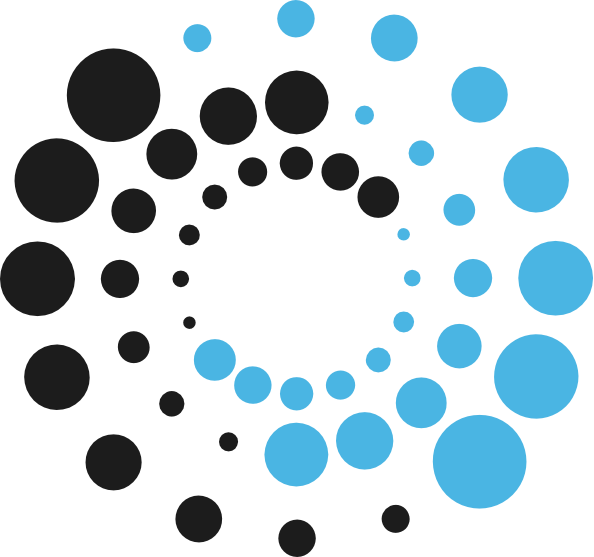Search
Tags
- academia
- access control
- all
- awareness
- bart preneel
- big quit
- cerebrate
- cerict-università di salerno
- chris wills
- collaboration
- commercialization
- compliance
- crim
- criminals
- critical infrastructure
- crowdstrike
- cs-aware corporation
- cs-aware platform
- cs-aware-next
- cs-connect
- cti
- customers
- cyber security
- cyber security awareness
- cyber-attack
- cyberattack
- cybercrime
- cybersecurity
- cybersecurity awareness
- cyberthreats
- data poisoning
- datrix
- decision models
- disinformation
- dora
- entrepreneurship
- event
- falcon
- fileless malware
- fixme
- greece
- health service
- health services
- impact
- incident
- information
- information sharing
- innovation ecosystem
- italy
- juha röning
- launch
- lecture
- legal
- lessions learnt
- local public administrations
- machine learning
- malware
- management platform
- matteo bregonzio
- misinformation
- misp
- municipal utilities
- nis
- open source
- oulu university
- outage
- pierluigi vacca
- podcast
- ransomware
- research
- response
- scaling
- security tools
- social engineering
- startups
- status
- story telling
- timeline
- windows
- workpackage 2


